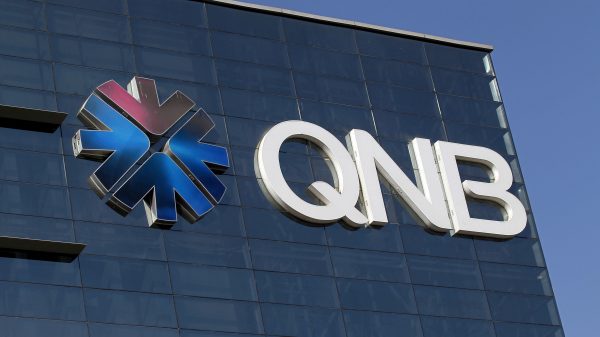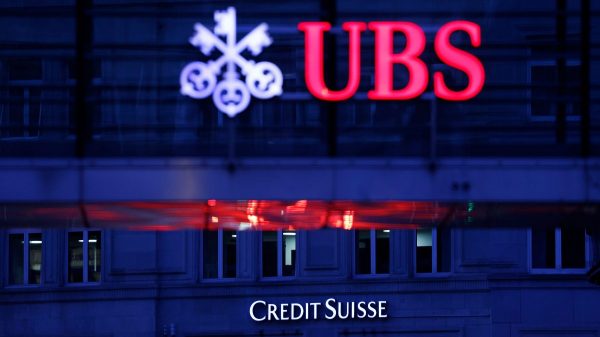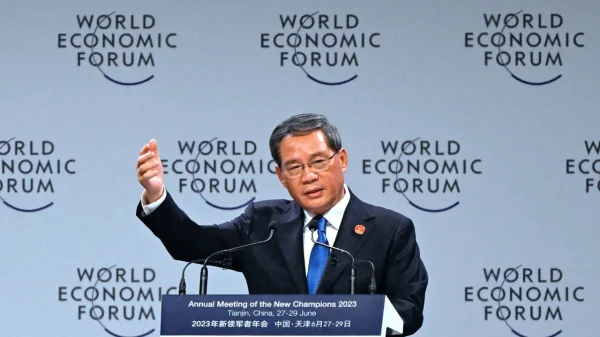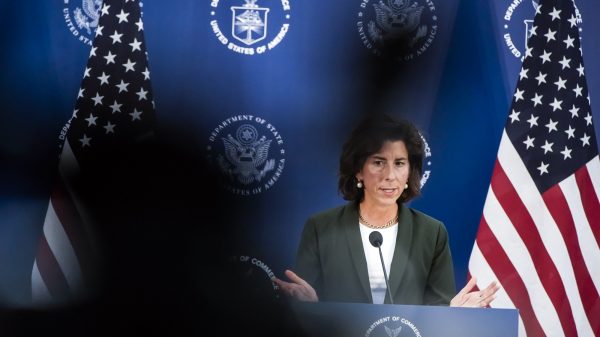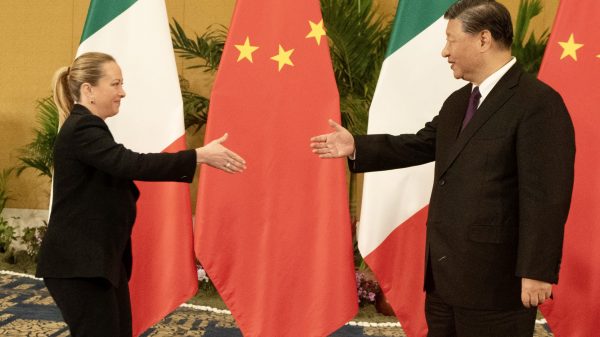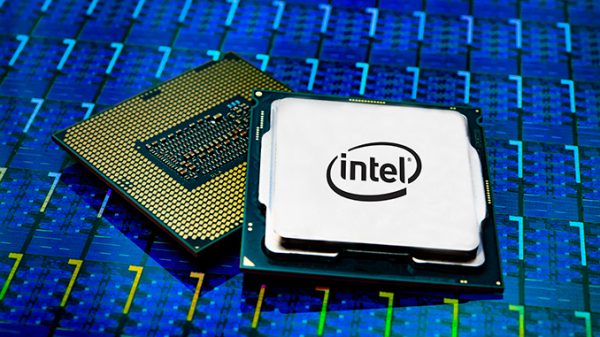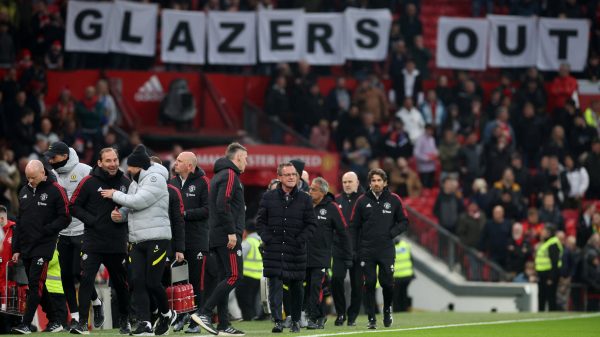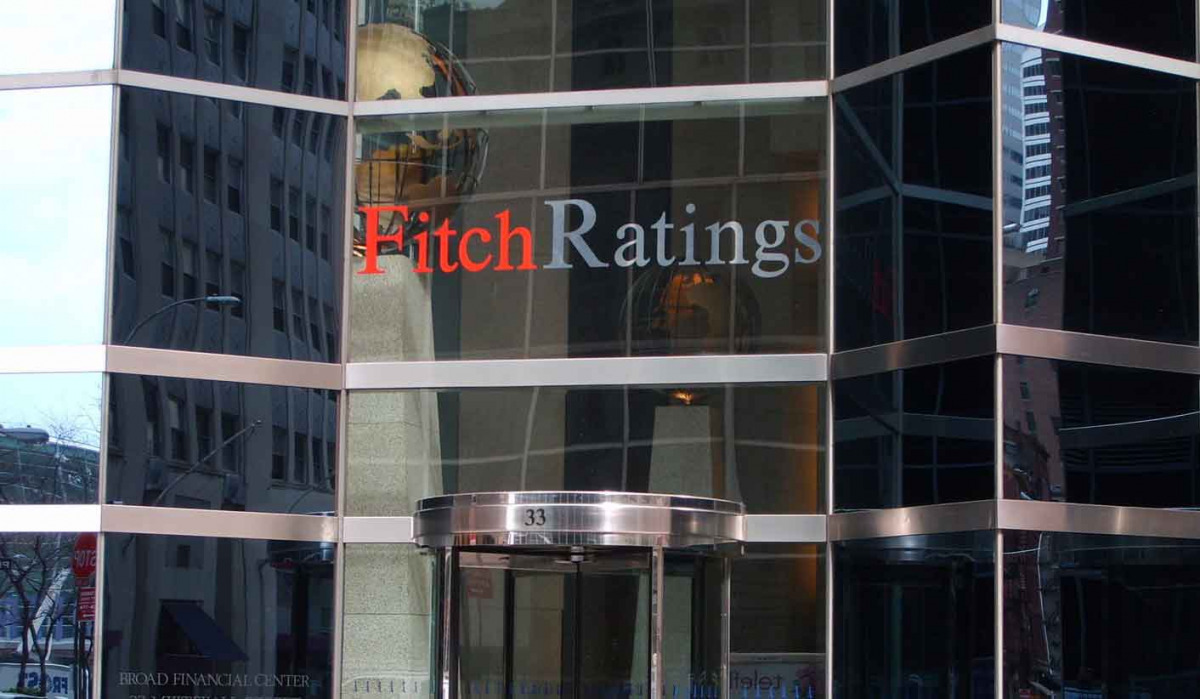Ratings agency Fitch lowered eleven Kuwaiti banks outlook from “stable” to “negative” outlook on Thursday. The agency lowered the outlook of Kuwait sovereign itself this month.
The agency said as “a significant proportion of the banking sector funding is related to the government”. Fitch also said the banks would come under pressure if the sovereign itself is ‘experiencing some form of stress’.
Kuwaiti banks outlook
The 11 Kuwaiti banks outlook changed are National Bank of Kuwait, Kuwait Finance House, Burgan Bank, Al Ahli Bank of Kuwait, Boubyan Bank, Gulf Bank, Commercial Bank of Kuwait, Ahli United Bank (Kuwait), Kuwait International Bank, Warba Bank , and Industrial Bank of Kuwait.
Fitch said the Kuwaiti government will provide support to banks if necessary, noting. The agency pointed to the speed with which the central bank has moved in this regard.
on February 2, Fitch lowered the Kuwaiti sovereign debt rating from “stable” to “negative”. The agency kept the credit rating at “AA”.
Liquidity risks
The credit rating agency lowered its outlook as expecting short-term liquidity risks. The government may draw on General Reserve Fund assets, particularly in the absence of a parliamentary mandate for the government to borrow.
GRF is the main repository for all state revenues from oil revenues, and the revenues generated from its investments.
Fitch added that “this risk is rooted in political and institutional gridlock that also explains the lack of meaningful reforms to tackle double-digit fiscal deficits”.
The agency pointed to the “the expected weakening of Kuwait’s fiscal and external balance sheets.”
However, Fitch said that the country “will remain among the strongest of Fitch-rated sovereigns”.
“Without passage of a law permitting new debt issuance, the GRF could run out of liquidity in the coming months without further measures to replenish it,” Fitch said.
“Depletion of GRF liquidity would sharply limit the government’s ability to make good on its spending obligations and could result in significant economic disruption”.



